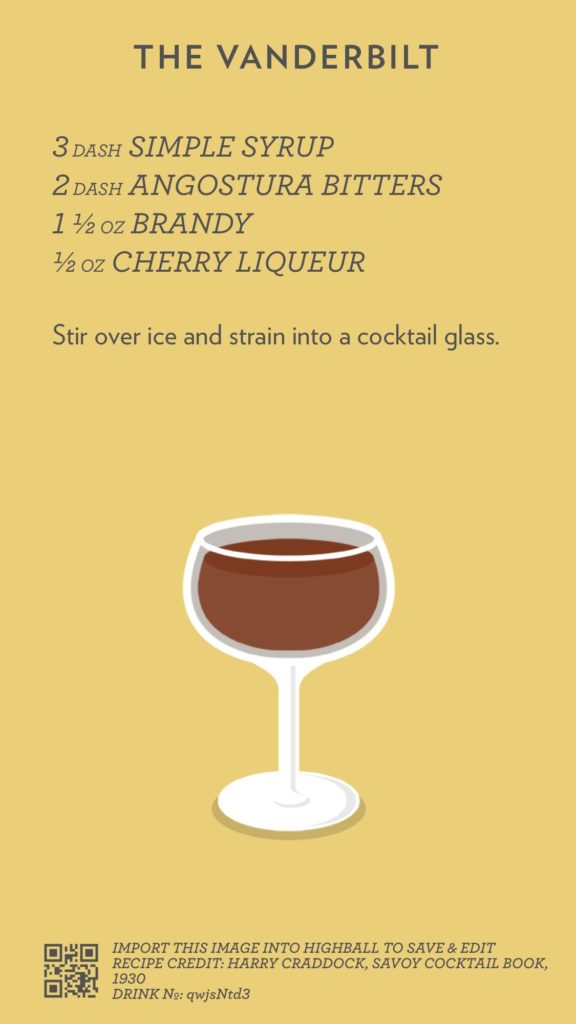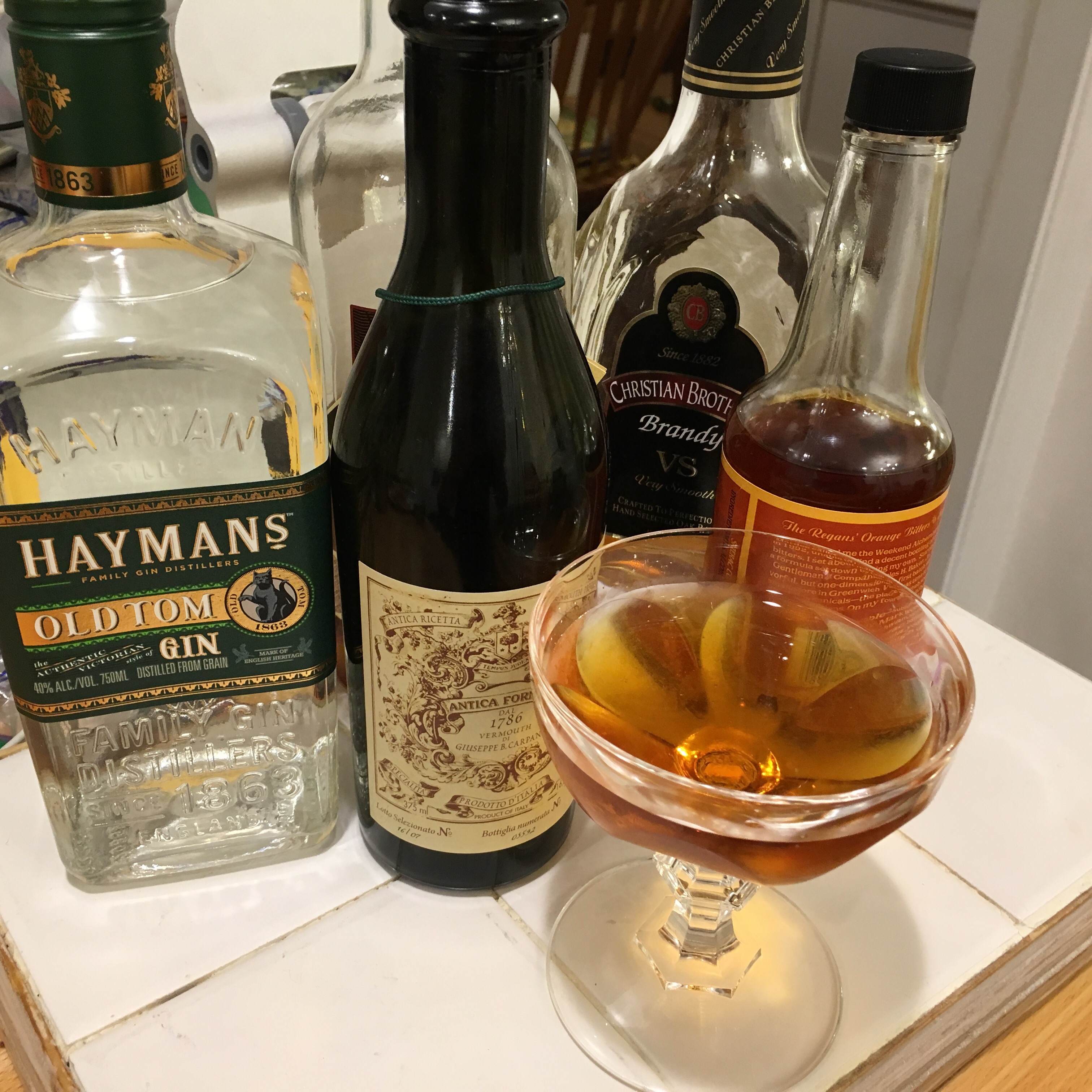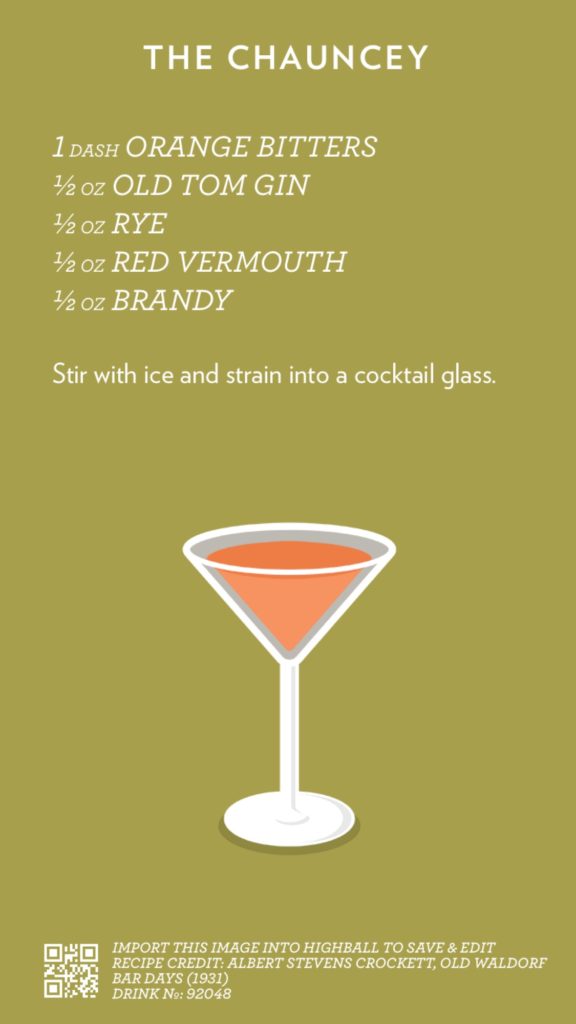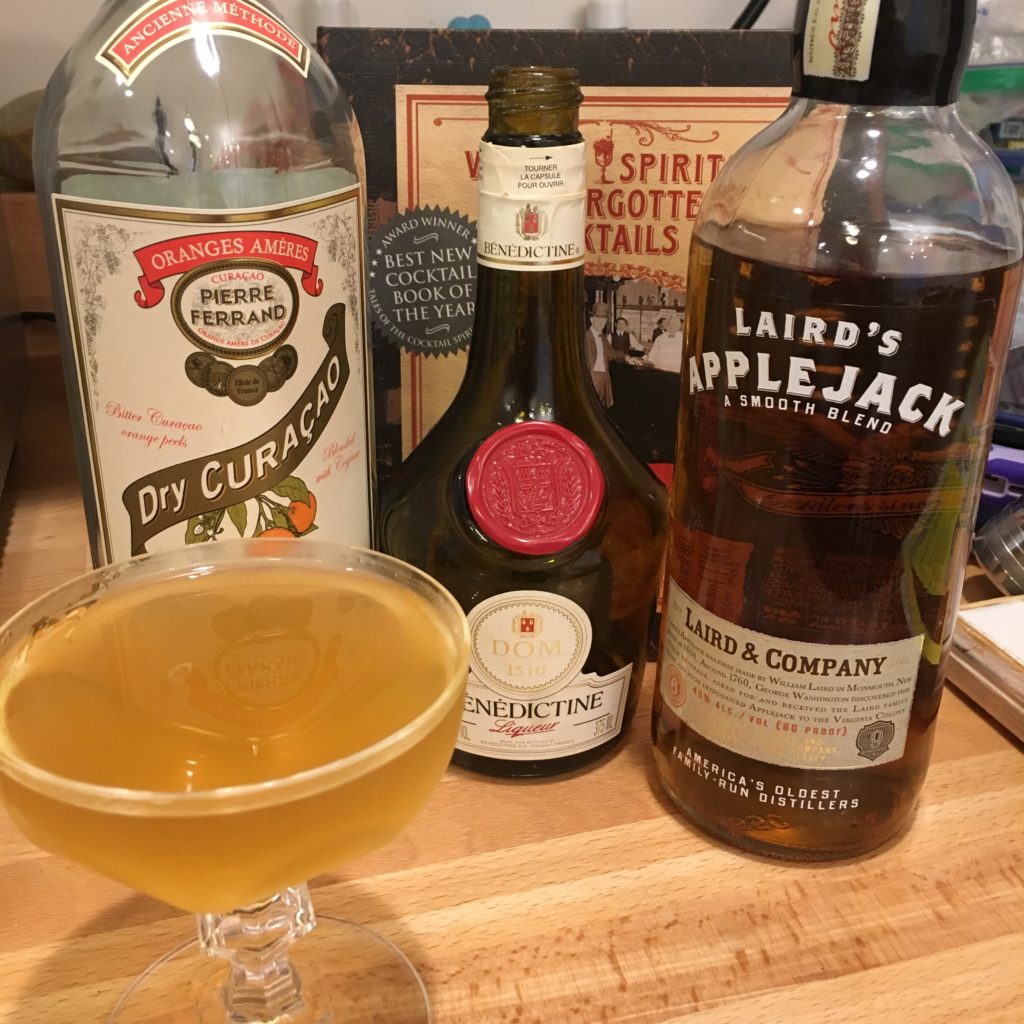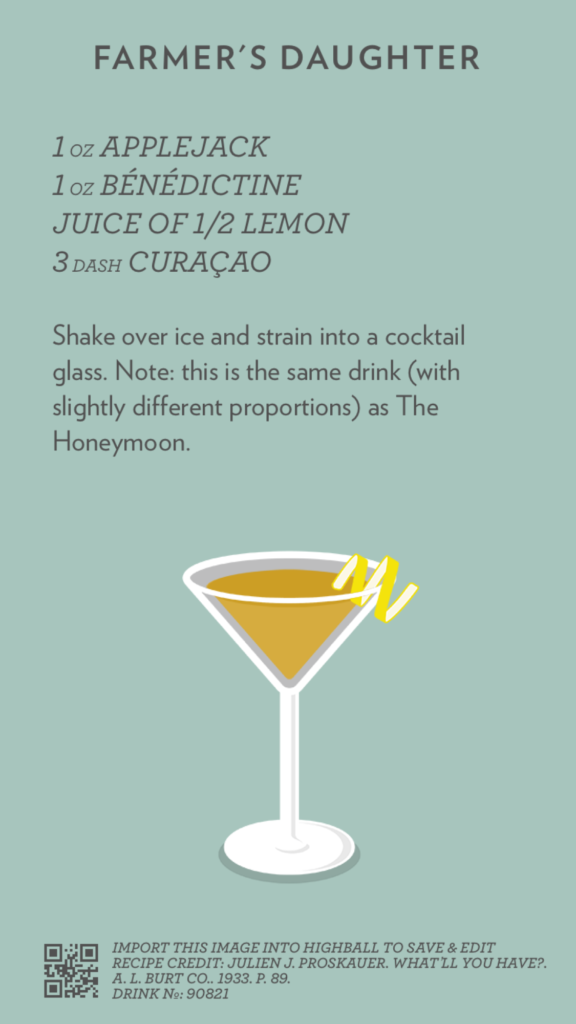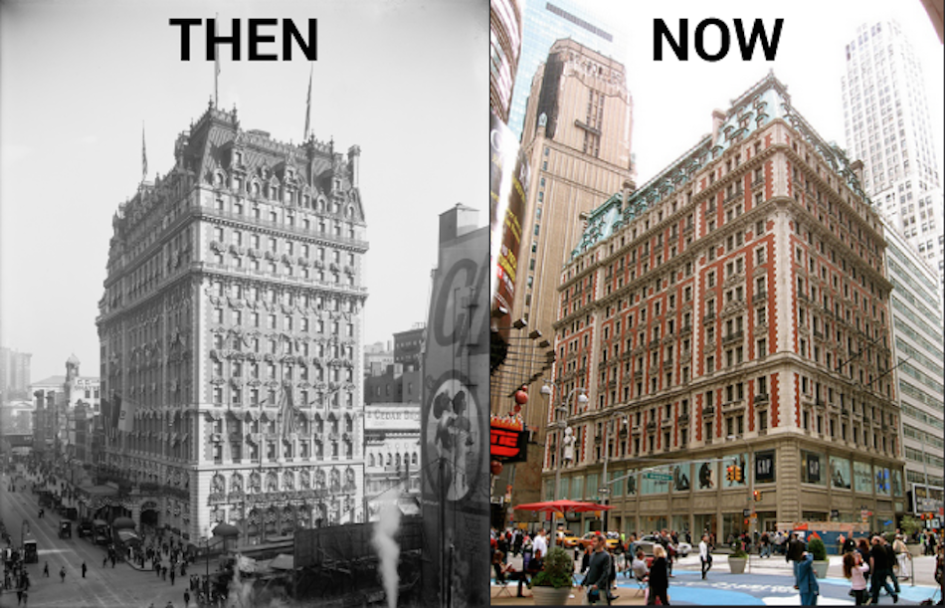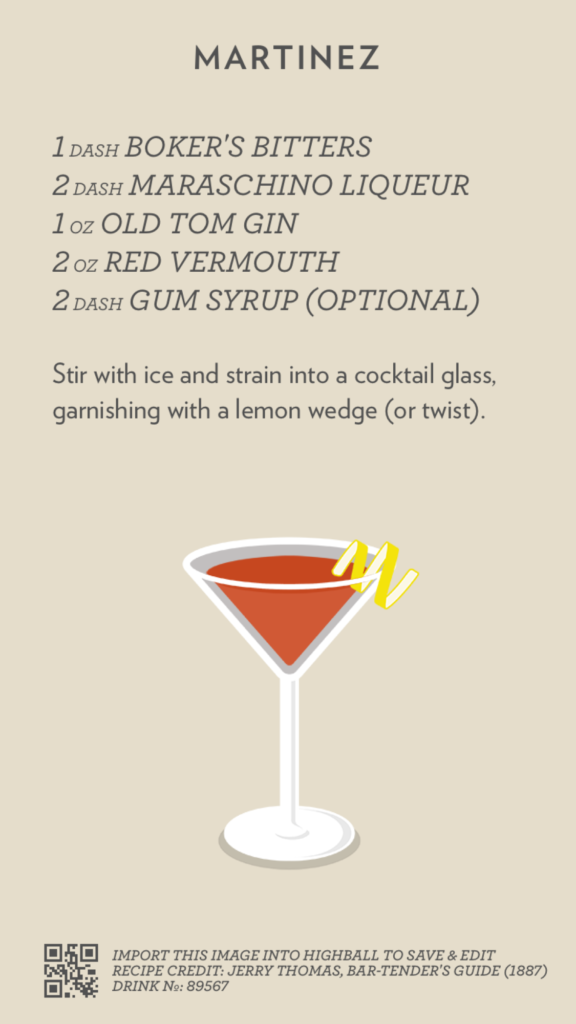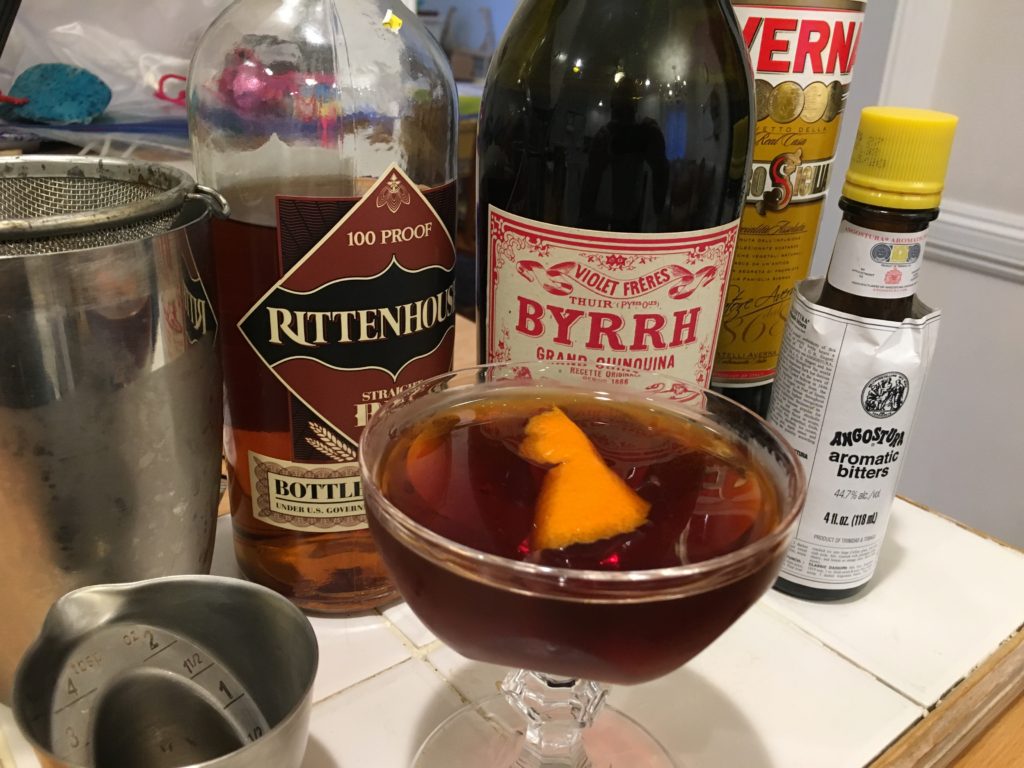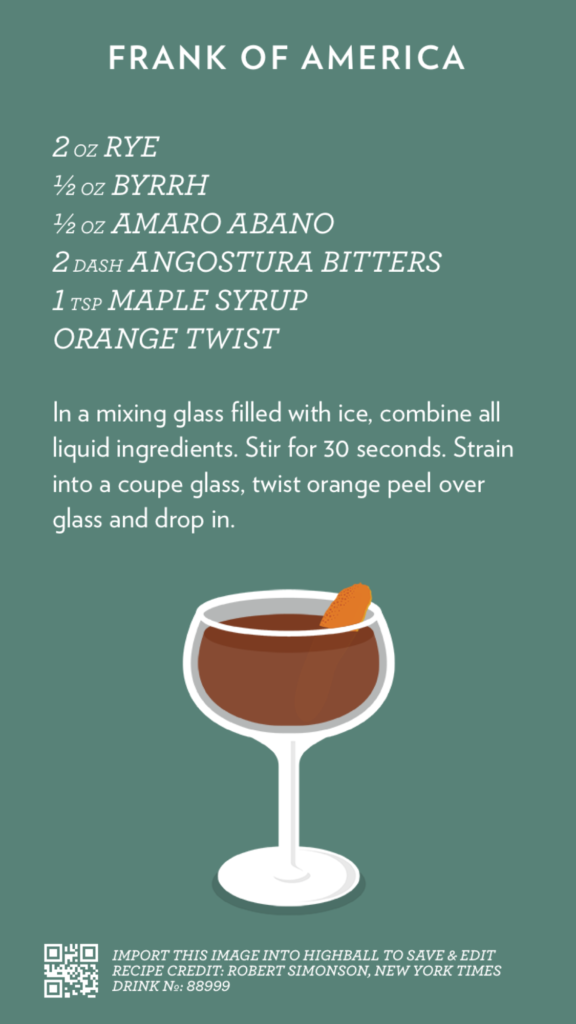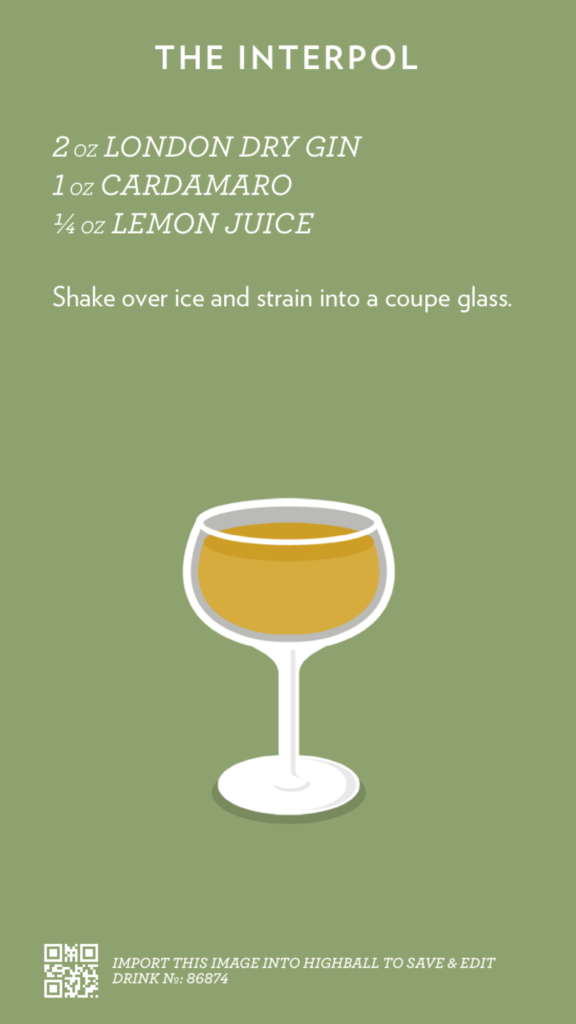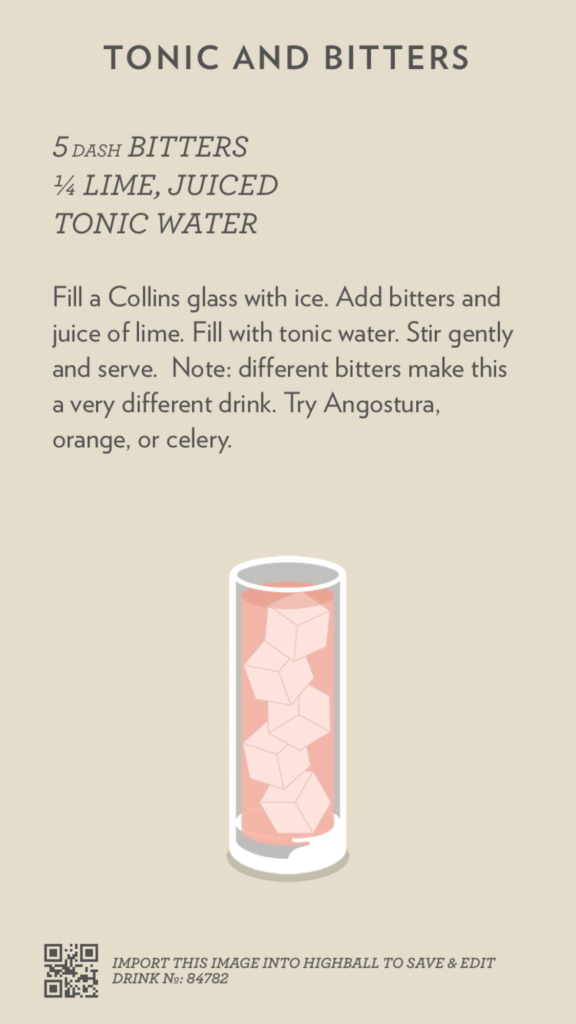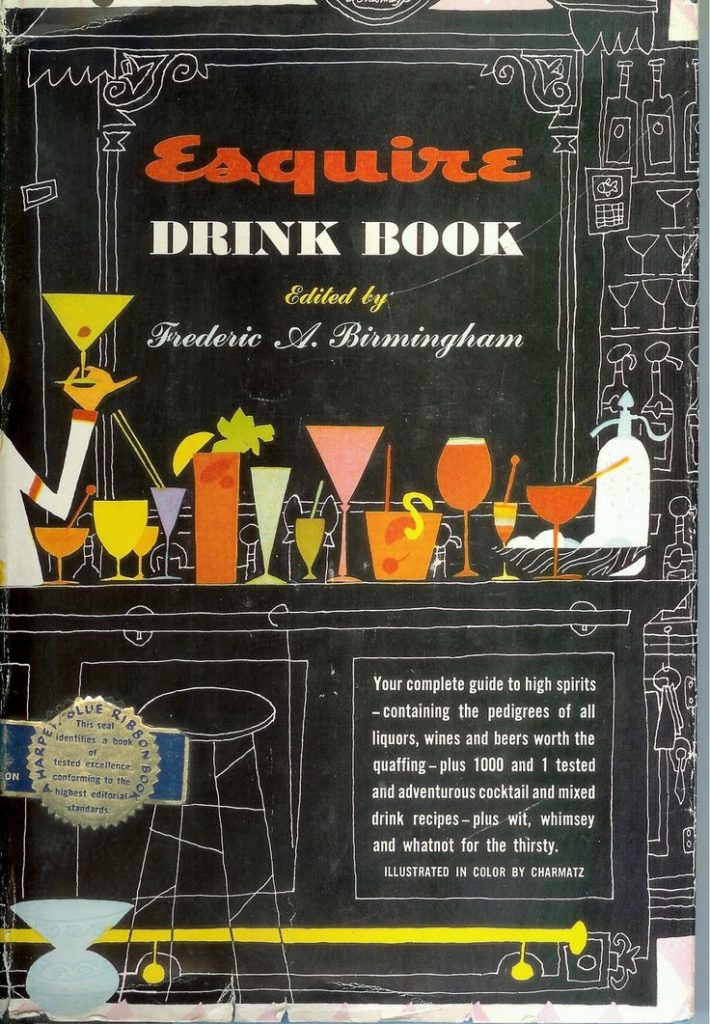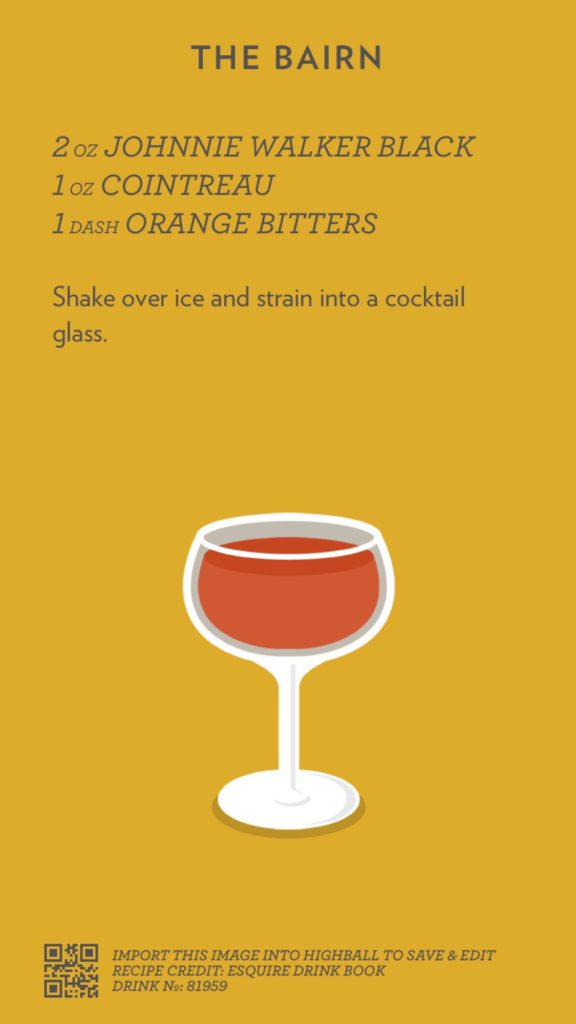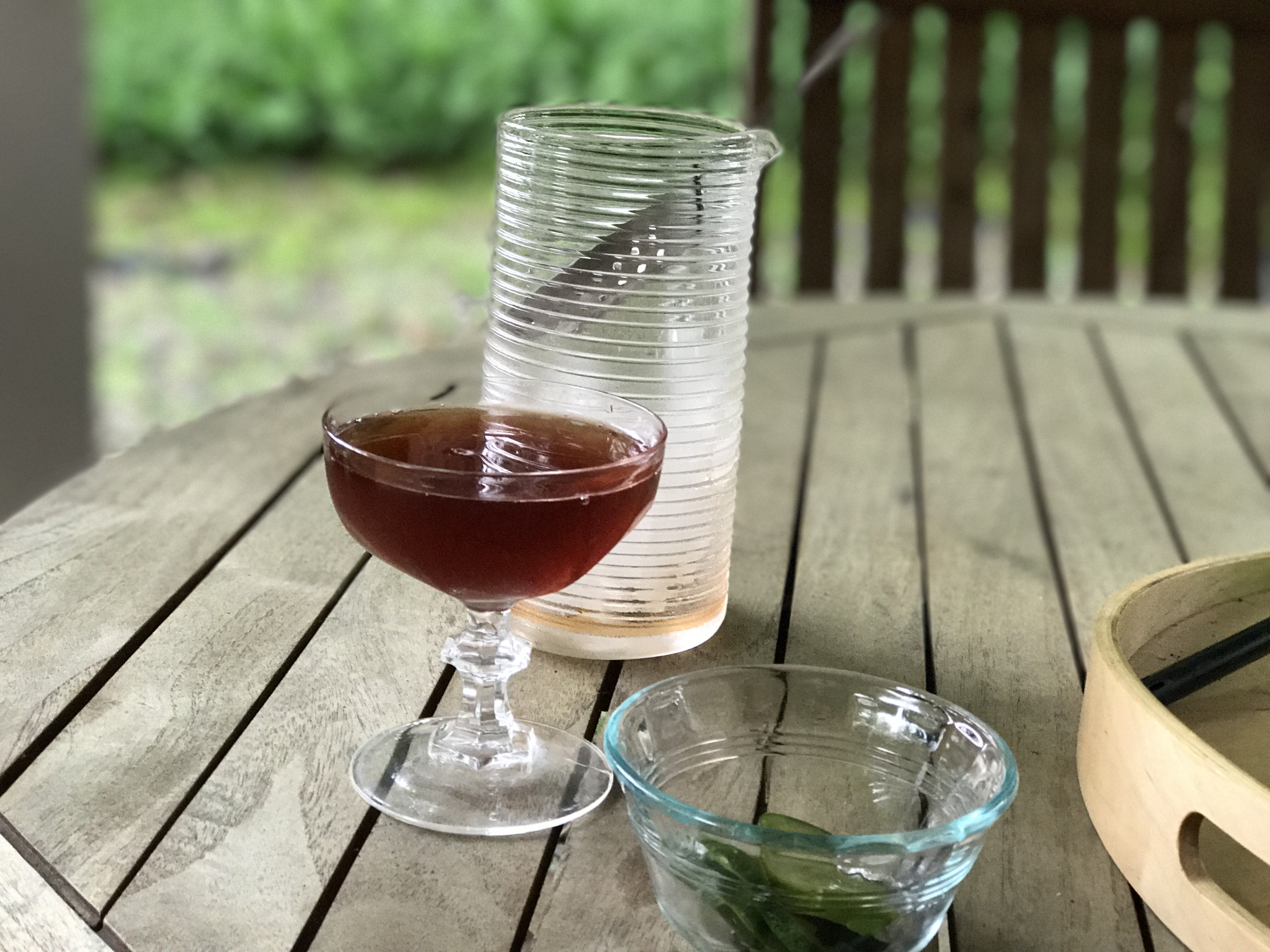 It’s back. This Cocktail Sunday post leaves the familiar world of whiskey and gin behind and weaves its way over to brandy. Which seems fitting given that this cocktail was designed for one of the wealthiest men in America, Cornelius Vanderbilt.
It’s back. This Cocktail Sunday post leaves the familiar world of whiskey and gin behind and weaves its way over to brandy. Which seems fitting given that this cocktail was designed for one of the wealthiest men in America, Cornelius Vanderbilt.
Vanderbilt wouldn’t have been drinking any cut rate brandy in his cocktail; he would have used VSOP Cognac, and I recommend (following the advice of David Wondrich) that you make the same substitution in any classic cocktail calling for brandy. Life is too short to do otherwise.
The big question in this cocktail appears to be the proportions. The first written recipe I’ve found for it, 1922’s Cocktails and How to Mix Them, calls for 1:1 brandy to cherry liqueur, which seems likely to yield something way too sweet. The Savoy’s Harry Craddock in 1930 dialed it back to a 3:1 ratio, which seems just about right.
One curious note about the name: the 1922 source says it was named for Col. Cornelius Vanderbilt, “who was drowned on the Lusitania during the War.” But the Vanderbilt on the Lusitania was Alfred Vanderbilt, and there was no “Colonel Vanderbilt” alive then. So: poetic license.
It’s grilling season, and for some reason I had extra homemade pickles that wouldn’t fit in the jar. Turns out they’re wonderful with the Vanderbilt. Who’d have guessed?
As always, if you want to try the recipe, here’s the Highball recipe card. Enjoy!

